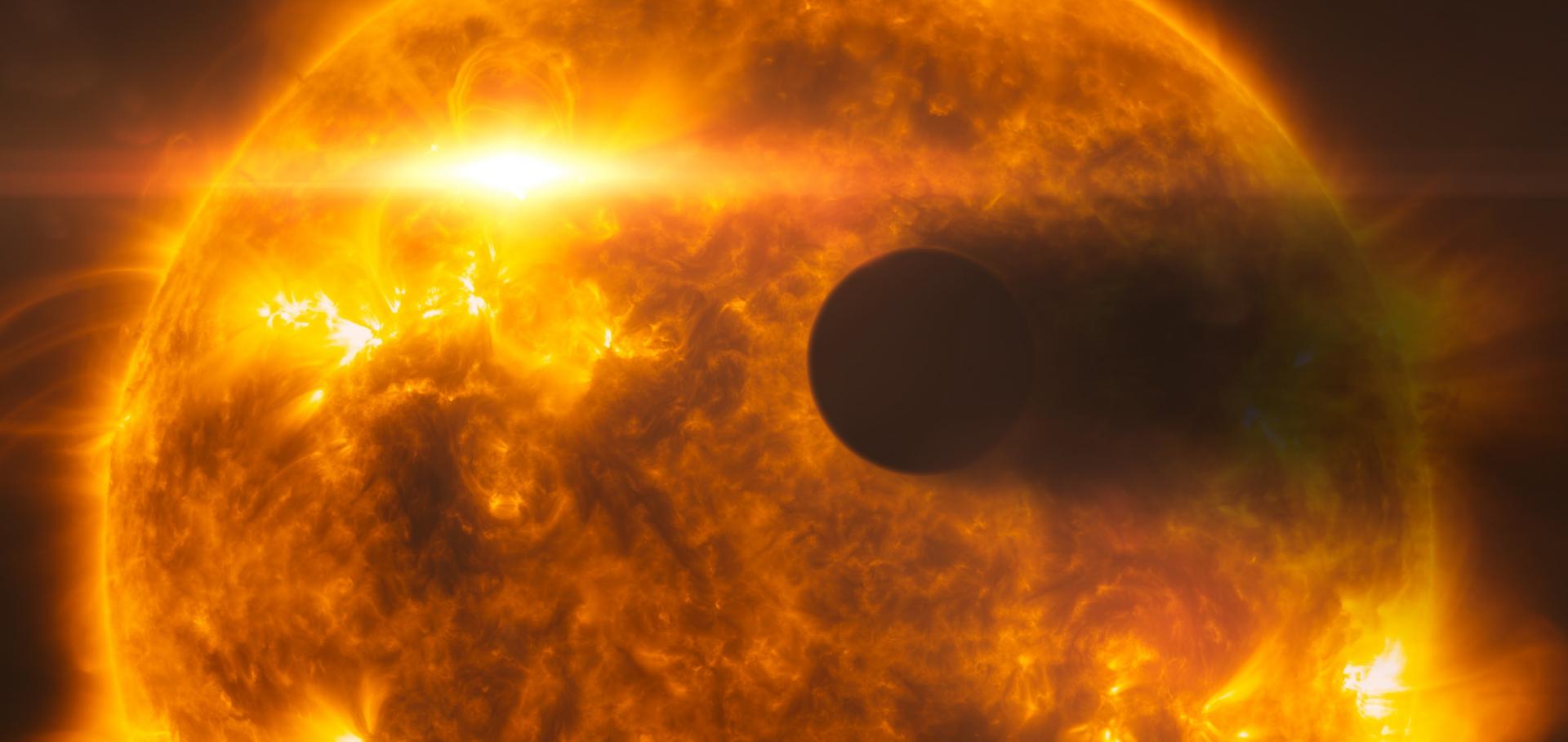CSI 2264: Characterizing Accretion-Burst Dominated Light Curves for Young Stars in NGC 2264
(2014)
CSI 2264: Simultaneous optical and infrared light curves of young disk-bearing stars in NGC 2264 with CoRoT and Spitzer-- evidence for multiple origins of variability
(2014)
Transiting exoplanets from the CoRoT space mission XXV. CoRoT-27b: a massive and dense planet on a short-period orbit
(2014)
Hubble Space Telescope hot Jupiter transmission spectral survey: a detection of Na and strong optical absorption in HAT-P-1b
Monthly Notices of the Royal Astronomical Society Oxford University Press (OUP) 437:1 (2014) 46-66
The Monitor Project: Stellar rotation at 13 Myr: I. A photometric monitoring survey of the young open cluster h Persei
Astronomy and Astrophysics 560 (2013)


